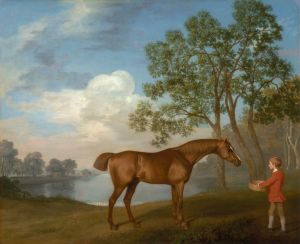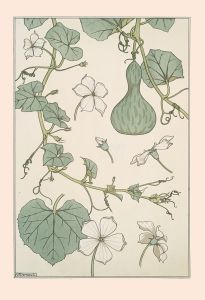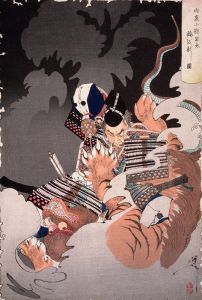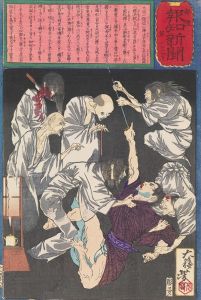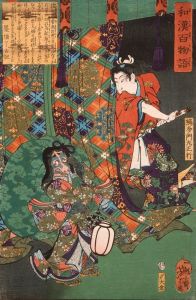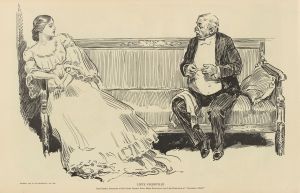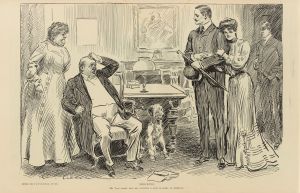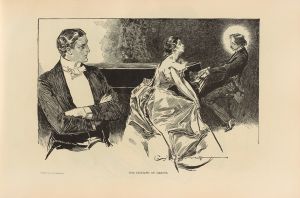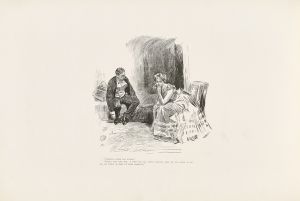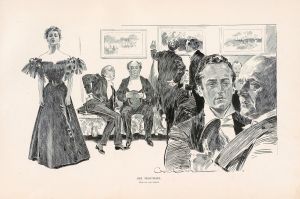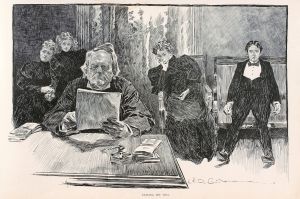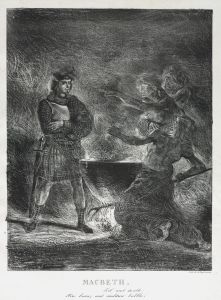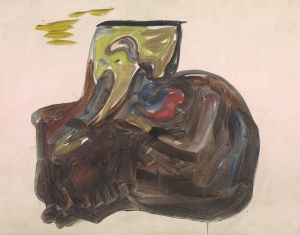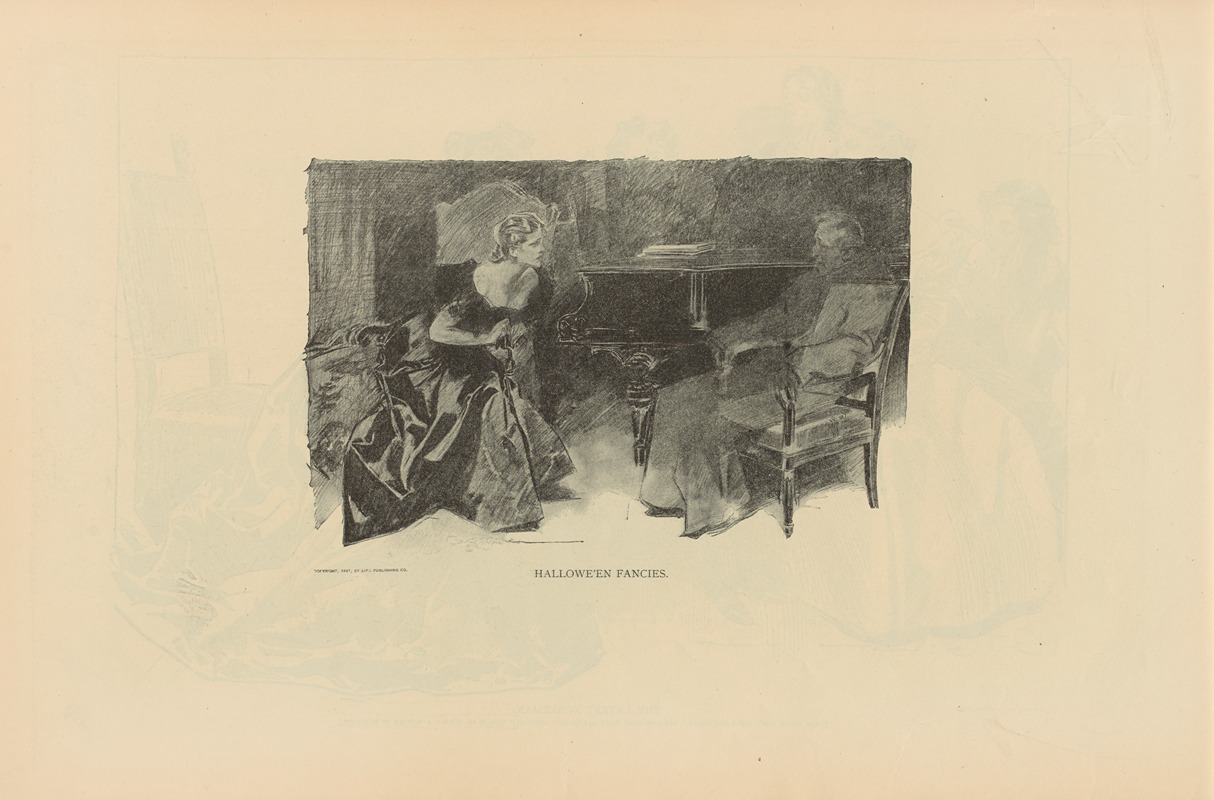
Hallowe’en fancies
A hand-painted replica of Charles Dana Gibson’s masterpiece Hallowe’en fancies, meticulously crafted by professional artists to capture the true essence of the original. Each piece is created with museum-quality canvas and rare mineral pigments, carefully painted by experienced artists with delicate brushstrokes and rich, layered colors to perfectly recreate the texture of the original artwork. Unlike machine-printed reproductions, this hand-painted version brings the painting to life, infused with the artist’s emotions and skill in every stroke. Whether for personal collection or home decoration, it instantly elevates the artistic atmosphere of any space.
Charles Dana Gibson was an influential American illustrator, best known for his creation of the "Gibson Girl," an iconic representation of the American woman at the turn of the 20th century. His work was widely published in magazines such as Life, Harper's Weekly, and Scribner's, and he became one of the most celebrated illustrators of his time. Among his numerous works, "Hallowe’en Fancies" stands out as a notable piece.
"Hallowe’en Fancies" is a black-and-white illustration that captures the whimsical and mysterious spirit of Halloween. The artwork reflects Gibson's keen eye for detail and his ability to convey complex themes through simple yet evocative imagery. In this piece, Gibson employs his signature style, characterized by precise line work and a keen sense of composition, to create a scene that is both enchanting and slightly eerie.
The illustration depicts a group of elegantly dressed women, presumably engaging in Halloween festivities. The women are adorned in flowing gowns, and their expressions convey a sense of playful curiosity and intrigue. The scene is set against a backdrop that suggests a party or gathering, with elements that hint at the supernatural or fantastical, which are common themes associated with Halloween. Gibson's use of light and shadow adds depth to the illustration, enhancing the mysterious atmosphere.
Gibson's work, including "Hallowe’en Fancies," often explored themes of femininity and societal roles. The "Gibson Girl" was a representation of the idealized American woman, independent yet feminine, and this illustration continues that exploration by placing women at the center of the narrative. The depiction of women in "Hallowe’en Fancies" aligns with Gibson's broader body of work, which frequently highlighted the evolving roles of women in society during the late 19th and early 20th centuries.
The popularity of Gibson's illustrations during his lifetime was immense, and his works were widely circulated, influencing fashion and popular culture. "Hallowe’en Fancies" would have been part of this cultural impact, contributing to the visual language of the era. Gibson's ability to capture the zeitgeist of his time through his art made him a significant figure in American illustration.
While specific details about the publication or reception of "Hallowe’en Fancies" are not extensively documented, it remains an example of Gibson's skill in blending social commentary with artistic expression. His illustrations continue to be studied for their artistic merit and their reflection of early 20th-century American society.
In summary, "Hallowe’en Fancies" by Charles Dana Gibson is a testament to the artist's talent and his ability to encapsulate the essence of an era through his illustrations. The piece exemplifies Gibson's style and thematic interests, particularly his focus on the roles and representations of women, set against the backdrop of a culturally significant holiday.





